Multi-flowered yellow essence, also known as wild ginger, ginger-shaped yellow essence, is a genus of the genus Liliaceae, a perennial herb. More than 40 species of Polygonatum have been found, mainly distributed in the north temperate zone, and there are about 31 species in China. Multi-flower Huangjing has qi and nourishing yin, spleen, lungs, kidney function, and produces Sichuan, Guizhou, Hunan, Hubei, Henan and other places. In the artificial cultivation of multi-flowered yellow essence, tuber propagation is often used, and the amount used is large. It has been reported that the germination rate of Huangjing seeds is very low. Generally, no seedlings are produced in the first year. After two winters of dormancy, only one true leaf can be produced. From seed sowing to receiving medicine for 5 to 6 years, Although the seed is harvested in large quantities, it is almost useless in production. At present, there are few reports on the seedling cultivation of P. chinensis seeds. Zhang Wangfan and Zhao Zhi, respectively, used gibberellin (GA3) and low temperature storage to break the dormancy of P. chinensis seeds, and the germination effect was good. However, it has not been reported that the suitable transplanting period after seedling cultivation of Rhododendron chinense L. and its growth and yield after transplantation have not been reported. The following is a small series of studies on the transplantation of multi-flowered yellow seedlings of different years, and the investigation of the survival rate of transplanted seedlings and the growth after transplantation.
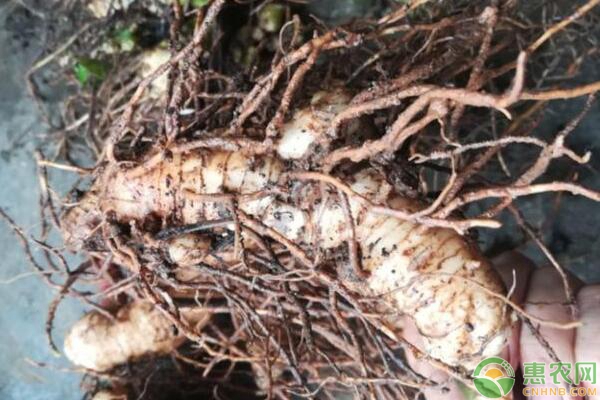
1 Materials and methods
1. 1 Test area overview The test base is located in the breeding base of Chinese herbal medicine seed seedlings (Sichuan Guang'an) required for national essential medicines in Yuechi County, Guang'an City, Sichuan Province.
1. 2 Test materials The test materials are derived from the seed of the Chinese herbal medicine seed seedlings (Sichuan Guang'an), which is a seed for breeding for one, two, and three years.
1. 3 The experimental design test site is located under the Daejeon and the cypress forest, and the sample design is adopted. The sample size is 2. 0m × 3. 0 m, with a plant spacing of 20 cm, a row spacing of 30 cm, and a depth of 10 cm, transplanted one year, two years, three years of live seedlings, 100 plants / sample square, between the sample and the sample side protection line, width 1m, 3 repetitions. Transplanted on March 20, 2017, and observed the emergence rate and growth of the multi-flowered yellow seedlings after transplantation. On April 10, glutinous corn was planted on the conservation line.
1. 4 Measurement indicators and methods On July 9, 2017, the emergence of seedlings of the multi-flowered yellow seedlings under the Daejeon and Cypress trees was investigated, and the emergence rate was counted. Thirty strains were randomly selected from the two experimental plots, and their plant height, leaf length, leaf width, leaf area, tuber length, tuber diameter, aerial fresh weight and fresh weight of underground part were measured. The data were statistically analyzed by SPSS software.
2 Results and analysis
2. 1 The emergence rate of different ages of multi-flowered yellow seedlings under different treatments can be concluded from Table 1. The emergence rates of one-year, two-year and three-year-old seed multi-flowered yellow seedlings are: 0. 33%, 5. 50%, 6. 50%, the emergence rate under the forest is: 3. 00%, 43. 30%, 30. 70%, indicating that the difference in transplanting rate between the one-year, two-year and three-year-old seedlings in the field and under the forest is relatively large. Daejeon is 8. 50%, much smaller than the forest transplant 43. 30%, indicating that the new transplanted seedlings for two years are suitable for growth under the forest. The emergence rate of field and forest under the three-year-old seedling transplant was also different, and the field emergence rate was 6. 50%, greater than one year old. 33%, less than two years old. 50%; the rate of emergence under the forest is 30. 70%, greater than one year old. 00%, less than two years old. 30%. The results showed that the seedling rate of the biennial seedlings under the forest was the highest, which was the most suitable time for transplantation.
2. 2 Differences in agronomic traits and yield of multi-flowered yellow seedlings under different treatments The agronomic traits and yield measurement indexes of seedlings of P. sylvestris L. transplanted into the field and under the forest were as follows. As can be seen from Figure 1, in the field environment, The eight indicators are: three-year students> two-year students> one-year students, indicating that the multi-flowering yellow seedlings are suitable for field growth for three years.
Table 1 Seedling emergence rate of different flowering yellow seedlings under different treatments
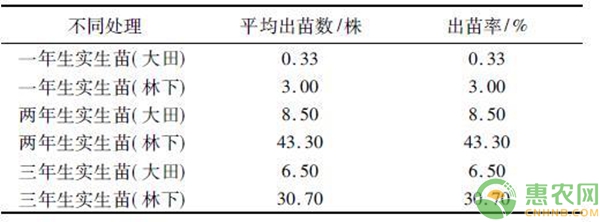
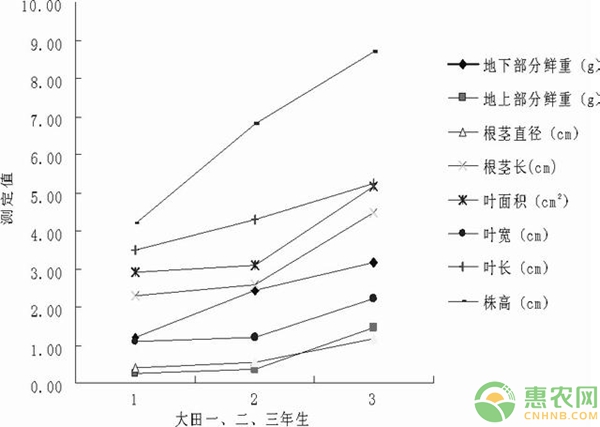
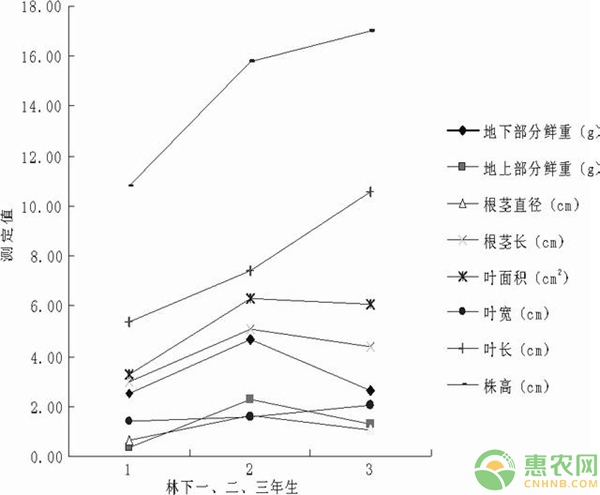
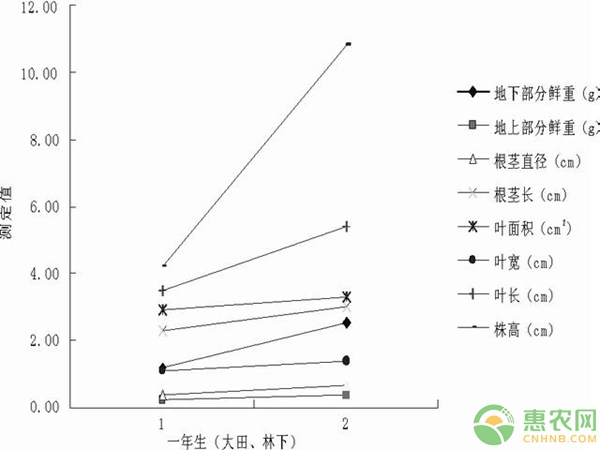
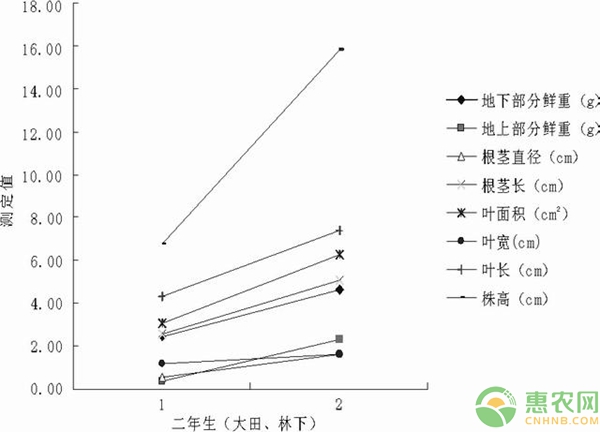
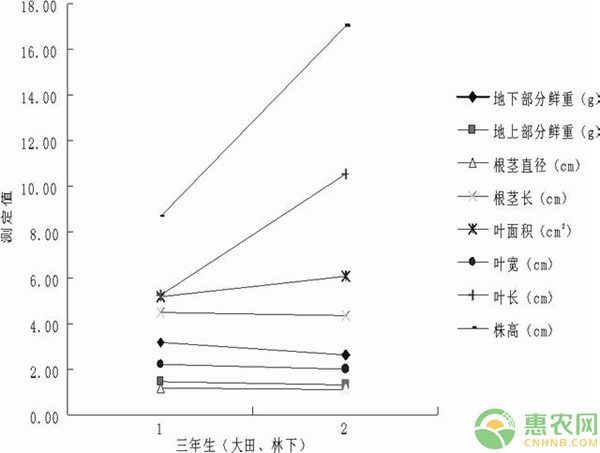
According to the test results, the seedling rate of the biennial seedlings under the forest was the highest, which was the most suitable time for transplantation. The analysis concluded that the seed breeding of the younger seedlings of P. sylvestris is not suitable for transplantation. The main reason is that the seedlings are weak, and the buds and fibrous roots have been grown during the spring transplanting. It is easy to damage the roots and wound buds and reduce the survival rate.
The above is the impact of different ages of more yellow saplings on the agronomic traits and yield of Hui Nong. I hope to help you.
Light Color Halves Walnut Kernels
light color products ,halves, Yunnan origin. shelling by hands, good shape, sweet and crispy
Light Color Halves Walnut Kernels,Shelled Walnut Halves Light Color,Walnuts Halves Light Color,Walnuts Kernels Light Halves
Weishan Yuanxing Walnuts Co.,Ltd. , https://www.walnutsxxy.com